Include an image for extra impact. Pampers Pure is greener than other Pampers options, but it still isn't as green as competitors that scored better overall. And please be honest, we really do listen. Shop More. It also uses dyes on the back sheet and the wetness indicator. Dioxins Dioxins are persistent organic pollutants. Leaner fit. A typical disposable diaper takes hundreds of years to fully decompose - though nobody REALLY knows, since no disposables have been in the landfill that long! Collaborate with our strategic suppliers to develop carbon reduction strategies via our Sustainable Supply Chain Innovation Program. And we understand that many parents are concerned about how disposable nappies and wipes would fit into the need for sustainable living. Green parenting 6 Min Read Share. The initial design of the diaper was very simplistic and bulky.
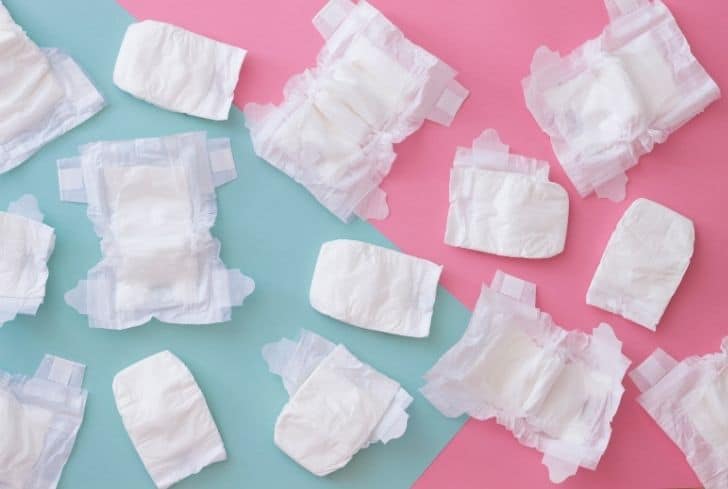
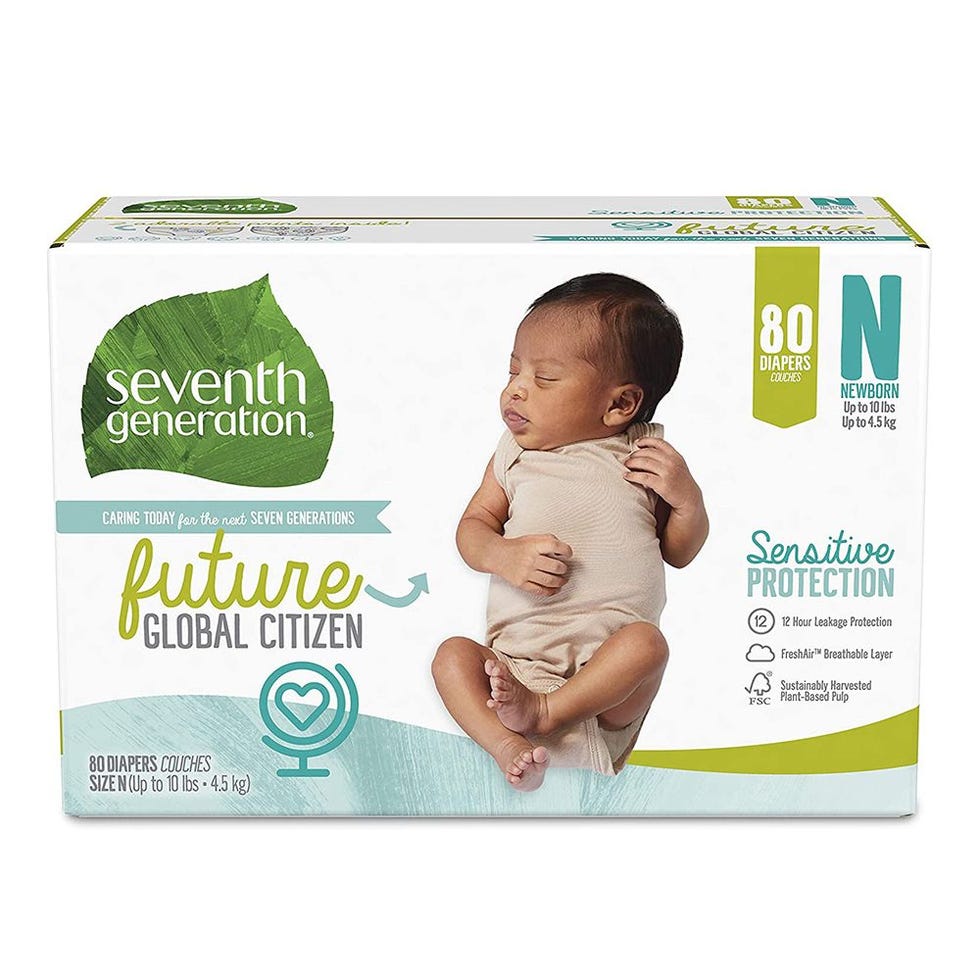
Just reach out to us at hello parasolco. And please be honest, we really do listen. However, there are a few single-use diapers on the market that can be composted — typically, only in commercial or industrial compost settings, and not in home or backyard compost bins. Pampers Pure scored about average compared to the other diapers in our best disposable diaper review. But this is greenwashing. Experts recommend shopping for non-toxic natural diaper products that are chlorine-free. The benefits of eco nappies are that they are designed to be more environmentally friendly than traditional disposable nappies. We have been caring for the happy, healthy development of babies worldwide for over 50 years, providing safe, high-quality products that millions of parents, caregivers, healthcare professionals and communities trust every day.
Are diapers biodegradable?
GroVia offers one of the best known hybrid diapers, which lets you choose between cloth absorbency or a disposable absorbency layer which is made primarily from biodegradable and compostable materials. With great absorption and leak protection, this durable and comfy diaper is a reasonably priced option for most families. We hope you enjoyed this article and it has educated you and maybe entertained you about eco nappies. We'll explain why It is also considered to be one of the major pollutants in the environment. Continue to invest in reusable innovation. The Company is award winning, being recognised for their hard work with the Queens Award in Enterprise for Sustainable Development in And they now have a bamboo biodegrabeable nappy range. We set ourselves global goals that we call Big Acts of Love which reflect our ambitions. Article duration.
Are Diapers Biodegradable or Recyclable? A Sustainable Diaper Guide
- That said, there is a much more sustainable option than biodegradable diapers: cloth diapers.
- Here's our guide to everything you need to know about disposable vs eco nappies: What are the benefits of eco nappies?
- And please be honest, we really do listen.
- Box of Unbleached Bamboo Wipes.
- Parasol Clear and Dry.
- Cancel Subscription Take Survey Now.
Wildly popular, Pampers is possibly one of the most well-known diaper brands owned by Proctor and Gamble. Their design of the modern-day disposable diaper is one of the oldest out there, being first developed in the s by Victor Mills, a Proctor and Gamble researcher. The initial design of the diaper was very simplistic and bulky. With the additions of elastic leg gussets, tape closure tabs, and new absorbent core material, Pampers have been evolving through the years to be the diapers we know today. Pampers Pure scored about average compared to the other diapers in our best disposable diaper review. Its ability to absorb liquids quickly and lock them away is better than much of the competition. It also has better leak performance, with fewer leaks during testing and reported by other users. Both of these metrics are critical to diaper functionality, so a higher score here is a big plus. Pure is the first green diaper from Pampers, boasting slightly more eco-friendly practices and healthier components. And it is more durable than most diapers in the lineup with few reports of faulty tabs or leaking SAP. In true Pampers fashion, the Pure diaper is soft inside and out. The leg gussets are free of scratchy and pokey material. The stretchy side tabs allow for a snug fit without sharp corners digging into the baby's belly. However, it is still average compared to the group, so we like it, but it isn't the best. While this Pampers option is the greenest in the Pampers lineup, it still has some serious problems. With a totally chlorine-free manufacturing process, it appears to be off to a good start, but it doesn't use renewable resources like bamboo or offer much for baby's skin. This diaper includes a lotion on the top sheet that sits right next to the baby's skin, and it also has an added fragrance the company calls a"light fragrance. It also uses dyes on the back sheet and the wetness indicator. So if your goal is to limit the potential for skin irritants, it isn't a great choice. The company boasts certifications for allergies and whatnot, but even a trip to the accreditation company's website doesn't yield any information on how the certification is determined.
And also, sleep. Remember sleep? But with all the waste diapers can cause, you may be wondering if there are biodegradable diapers out there. Not to mention, disposable diapers account for 2 percent of the U. Read on for everything you need to know about how diapers should be disposed of, what eco-friendly alternatives exist, and more. Unfortunately, conventional single-use diapers are not biodegradable. When something is biodegradable, are pampers biodegradable means it is made from nature, are pampers biodegradable, and is able to break down naturally and turn back into soil.
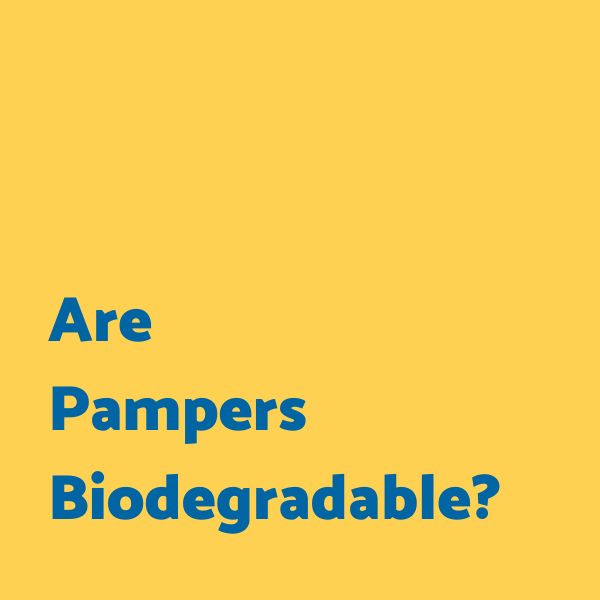
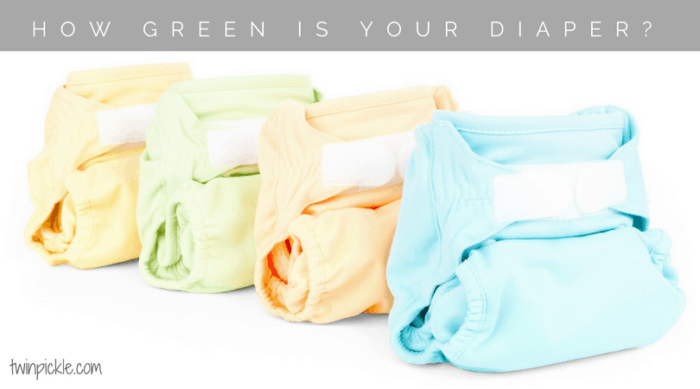
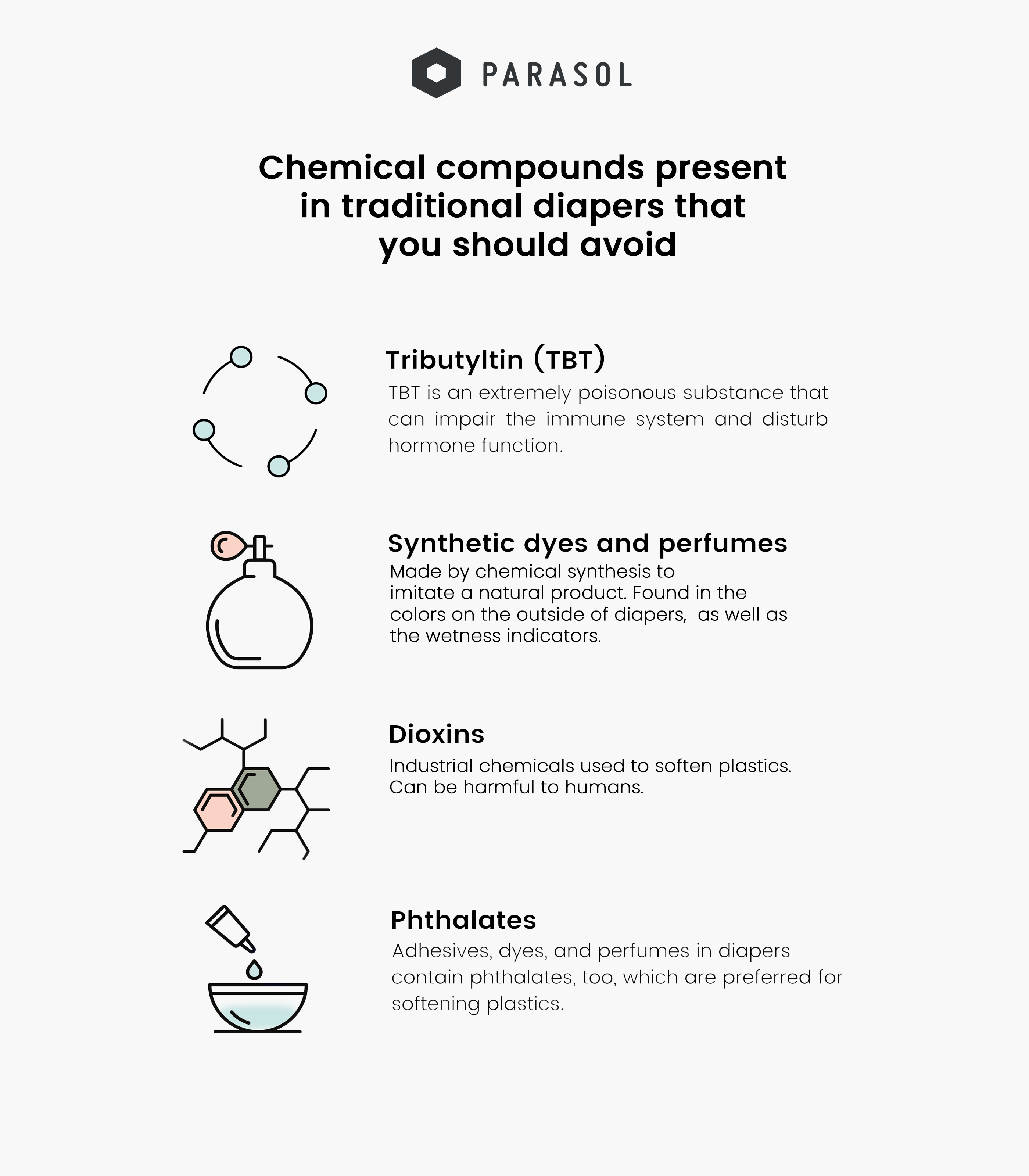
Are pampers biodegradable. Sustainability at Pampers!
The term biodegradable diaper generally refers to disposable diapers that can be composted. If diapers were biodegradable, it is estimated they will begin to biodegrade after a few hundred years. As of now, there are very few diaper composting plants in North America, so even though compostable diapers break down faster than disposable diapers, don't expect them to disappear completely when they hit the landfill, are pampers biodegradable. Traditional diapers typically contain petroleum, are pampers biodegradable, polyester, stearyl alcohol, thermoplastic polymer, polyacrylic acid, fragrance, and many more kinds of materials. Some of these materials, such as plastic and petroleum, end up breaking down extremely slowly. Sustainable or Natural Diapers are free of some common chemicals found in traditional diapers and generally have less of a harmful impact on the environment. Sustainable does not equal compostable, keep that in mind. Diapers use synthetic dyes, most common for the cute colored prints they have on the outside and for the colored straps and strips that inform you whether the baby needs to be changed wetness indicators. Some brands also use perfumes to mask are pampers biodegradable odor of a soiled diaper. Dioxins are persistent organic pollutants. Diaper bleaching produces them as a by-product. Dioxins are carcinogenic and have been linked to long-term health problems. Adhesives, dyes, and perfumes in diapers contain phthalates, too, which are preferred for softening plastics. You can have an adverse reaction to phthalates at any age, but it's more likely to occur in children and unborn babies. You're an eco-conscious parent who wants are pampers biodegradable reduce the impact of diapering on the environment.
Pampers Journey
Most disposable diapers are not biodegradable leading many to think that the only eco-friendly diapering option is cloth diapers. There are disposable diaper brands, like Eco Pea Co. In addition to being biodegradable, plant-based diapers made of bamboo are also:. Babies will use diapers during their first year of life, leading to diapers being the third largest single consumer item that ends up in landfills. This is because most disposable diapers take around years to decompose.
Other diaper companies produce disposable biodegradable diapers that contain materials that are less harmful to the environment.

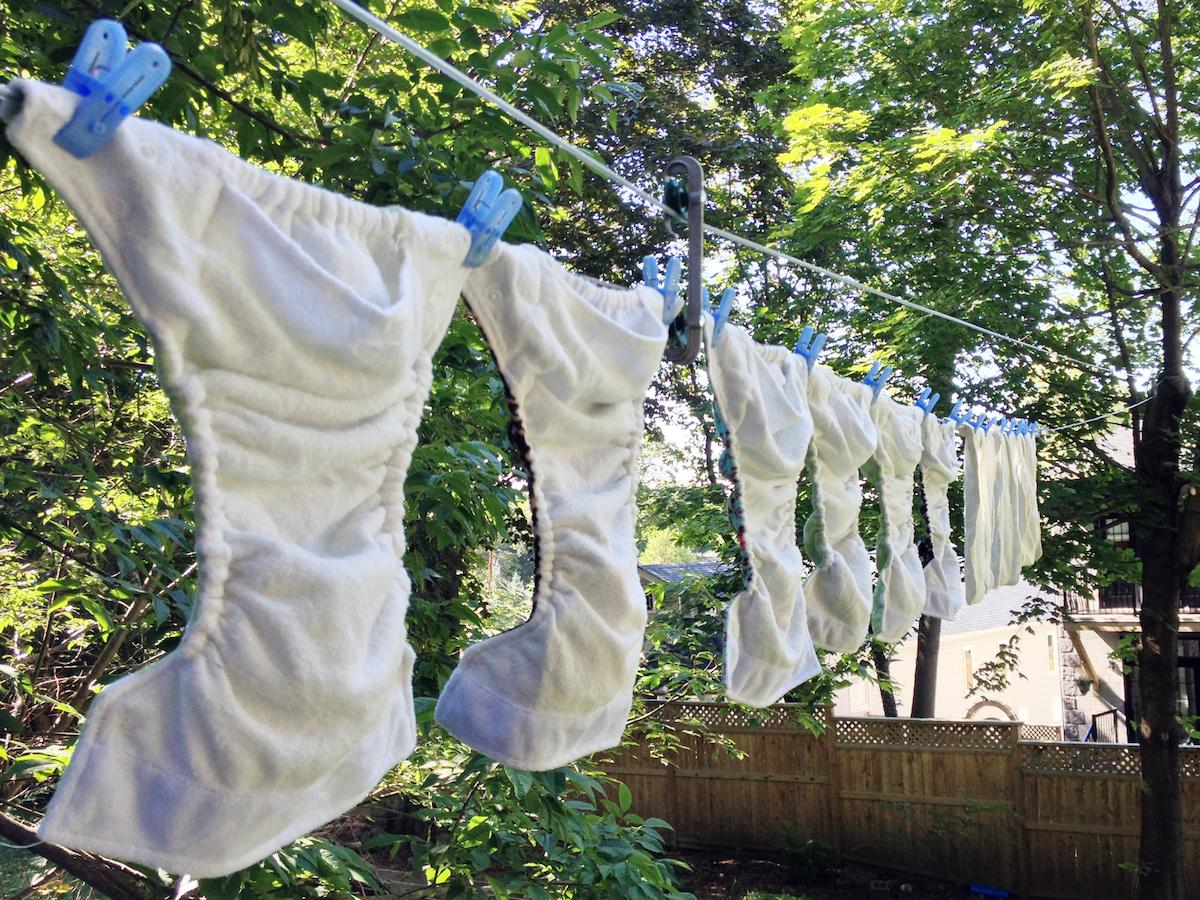
0 thoughts on “Are pampers biodegradable”